THE BEST AUTUMN PLANTS TO FILL YOUR GARDEN WITH COLOUR
Who said autumn was boring?
Surely more than one person has told you that they prefer spring or summer, because they like flowers more.
Who said autumn was boring?
Surely more than one person has told you that they prefer spring or summer, because they like flowers more.
But you, who are a lover of gardening, know that these two things are not incompatible.
In fact, during the autumn there are many cold-loving species that begin to bloom and occupy the space left by their companions in the warm months.
And if you know how to choose them well, you can have a garden with a constant colour all year round.
Are you interested?
Then read this post very carefully, because here we are going to tell you which are the best autumn plants that you can have in your garden.
Let's go there.
Autumn plants: the 16 best species
We know that no two gardens are the same, neither in space nor in the type of plants you want to have in it.
That is why we have divided these 16 species into four categories:
- Plants with autumn flowers.
- Climbers.
- Shrubbery.
- Trees of feeble leaves.
Let's go with the first one.
1. Best Flowering Plants for autumn
These are some of the flowering plants that you can't miss in your garden this autumn.
A. Pansies (Viola Tricolour)
The viola tricolour is one of the most classic winter plants.
Its flowering begins in October and, if we take good care of it, it can last until the end of spring.
The most striking thing about this plant is not the great variety of colours in which we can find it, but also how these are combined within the same flower (that is why it is called "tricolour").
It is a very grateful plant that hardly requires care, and that will stay healthy as long as we add enough fertilizer and avoid waterlogging the soil.
It is also very resistant to cold, so we can have it outside without problem.
Use it to create flower beds, alone or in combination with other autumn flowers on this list.
B. Chrysanthemums (Chrysantemum)
A beautiful plant native to Asia, where it is very popular (it is even considered the national flower of Japan). Here in Spain it is best known for being the flower we associate with All Saints Day.
Unlike other species, this plant has a fairly short flowering period. Its flowers open in autumn and last until approximately December.
But in return during these months it offers us flowers with very striking shapes.
Of course, make sure that it receives enough hours of light and offers moderate irrigation, without ever flooding the soil.
This plant is more sensitive to cold, so if you live in an area where frosts are frequent, as the cold approaches you should protect it inside the house.
For the rest, the enormous variety of shades of its petals (from purple to orange, yellow or white) allows us to use it to create multi-coloured flower beds.
C. Marigolds (Calendula Officinalis)
This annual plant has a very long flowering period, extending from summer to well into autumn.
Even if we planted it in late spring, it could go into winter with flowers.
It is well known for its medicinal properties, but what interests us about this plant is the bright orange colour that its petals unfold.
Being annual, keep in mind that you will have to sow it again every year (between spring and summer). However, the plant itself produces so many seeds that it is possible that it will germinate over and over again by itself.
Of course, it is a plant that likes heat more than cold, so if you live in an area with frost, plant it in a pot and keep it safe when the temperature begins to drop.
D. Cyclamen (Cyclamen Persicum)
If in addition to a plant with autumn flowers you want one that fills your garden with a pleasant aroma, Cyclamen is your best option.
This plant is practically unrivaled when the cold arrives.
It is a bulbous one (so you have to be careful not to flood the ground, which would damage the bulb) that begins to sprout in summer, but it is during the autumn and winter months when it stands out the most.
Its flowers come in a wide variety of colours, from white to purple.
To make it stand out more, and to give it enough distance from other plants, you can plant it alone or in a hanging pot.
E. Daisy (Argyranthemum Frutescens)
This species is a bit different from what we have seen so far.
The woody daisy is not an autumn specific plant, but its flowering begins in spring. Even so, if we take good care of it, its flowers will last well into autumn.
It is a plant native to the Canary Islands, but despite that it resists the cold quite well.
It can even withstand light frosts without damaging itself.
Of course, try to keep the substrate always humid (without getting to flood, be careful) because it is a species that demands a lot of water, especially in the hottest months.
After the flowering season, and before the rains begin, it is a good idea to give it a deep pruning.
F. Pennisetum Setaceum Rubrum
Yes, we admit it, with this one we are cheating a bit.
And it is that the penisetum is not a plant that blooms in autumn, but a grass ... but it is so attractive that we did not want to leave it out.
This grass is often used in gardens and large spaces, and can even be a good substitute for lawns to create low-maintenance gardens.
And what does it bring to your autumn garden?
Well, from September or October, the colourful spikes that it has developed throughout the summer start to acquire a colour between intense red and yellow (depending on the specific variety) that turns them into an authentic golden meadow.
At the end of winter it is important to prune it so that it grows again the following season.
2. Best climbers for autumn
When we talk about plants for autumn, we always think of flowering plants or deciduous trees (like the ones we will see below).
But ivy also has a lot to say.
For example, imagine that during these cold months the entire facade of your house was covered by a tide of red leaves that ran from floor to ceiling.
That is possible with species like Japanese ivy, a deciduous climber that turns completely red during the autumn. Of course, keep in mind that as the cold arrives it will lose the leaves and the branches will be bare.
If you are looking for a more traditional option, you have the Hedera Helix, which is the kind of ivy that we are used to seeing in our country.
This species is evergreen, but you should be careful if frosts are common in your area.
3. Best autumn shrubs
Whether you plant them isolated or used to create hedges, shrubs are a type of plant that gives a lot of play.
Here are some of the ones that get more colourful in the autumn.
Nandina (Nandina domestica)
A very elegant oriental shrub, which can be grown as an isolated plant. During the autumn, its leaves turn to an eye-catching red colour.
This plant withstands the cold well, but with prolonged frosts it can happen badly. If we have grown it in a pot, during the winter we will keep it indoors.
Nandina needs to receive direct sun, except in warm climates such as the Mediterranean.
During the autumn it develops round red berries, very decorative but not suitable for consumption.
Firethorn (Pycarantha)
Like Nandina, during the autumn the Pycarantha is covered with berries. The colour of the fruits goes between orange, red and yellow, which gives the plant its characteristic name.
The branches have multiple spines, so you have to be careful when handling it.
It can be in sun or semi-shade. It is often grown as a wall hedge or screen plant, since it usually grows erect.
It is very resistant to pests and diseases.
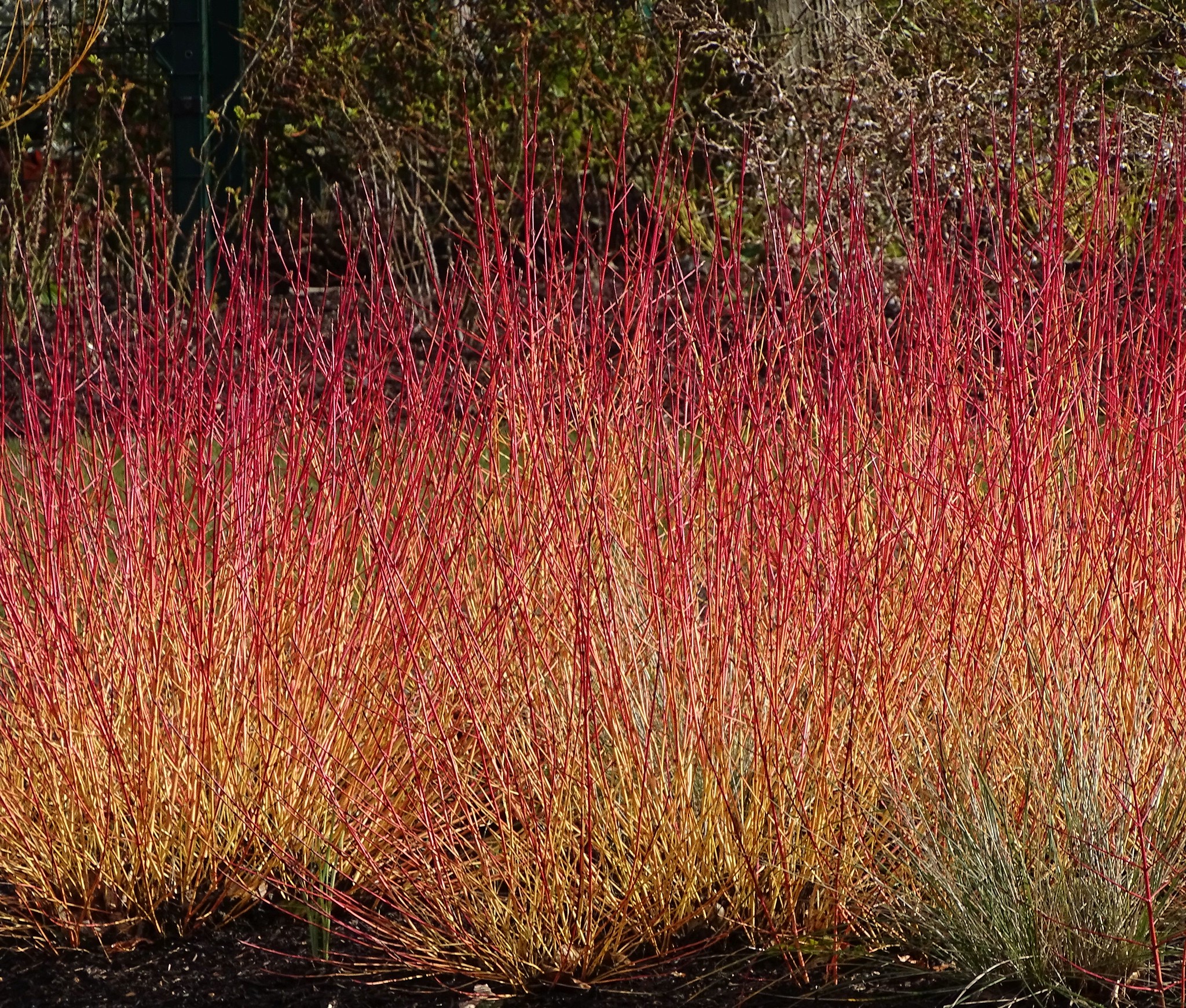
Dogwood (Cornus)
The dogwood family is composed of a wide variety of shrubs and trees. All of them are characterized by their rusticity, so they are ideal as autumn plants in cold areas.
In spring, our dogwood will be filled with white flowers.
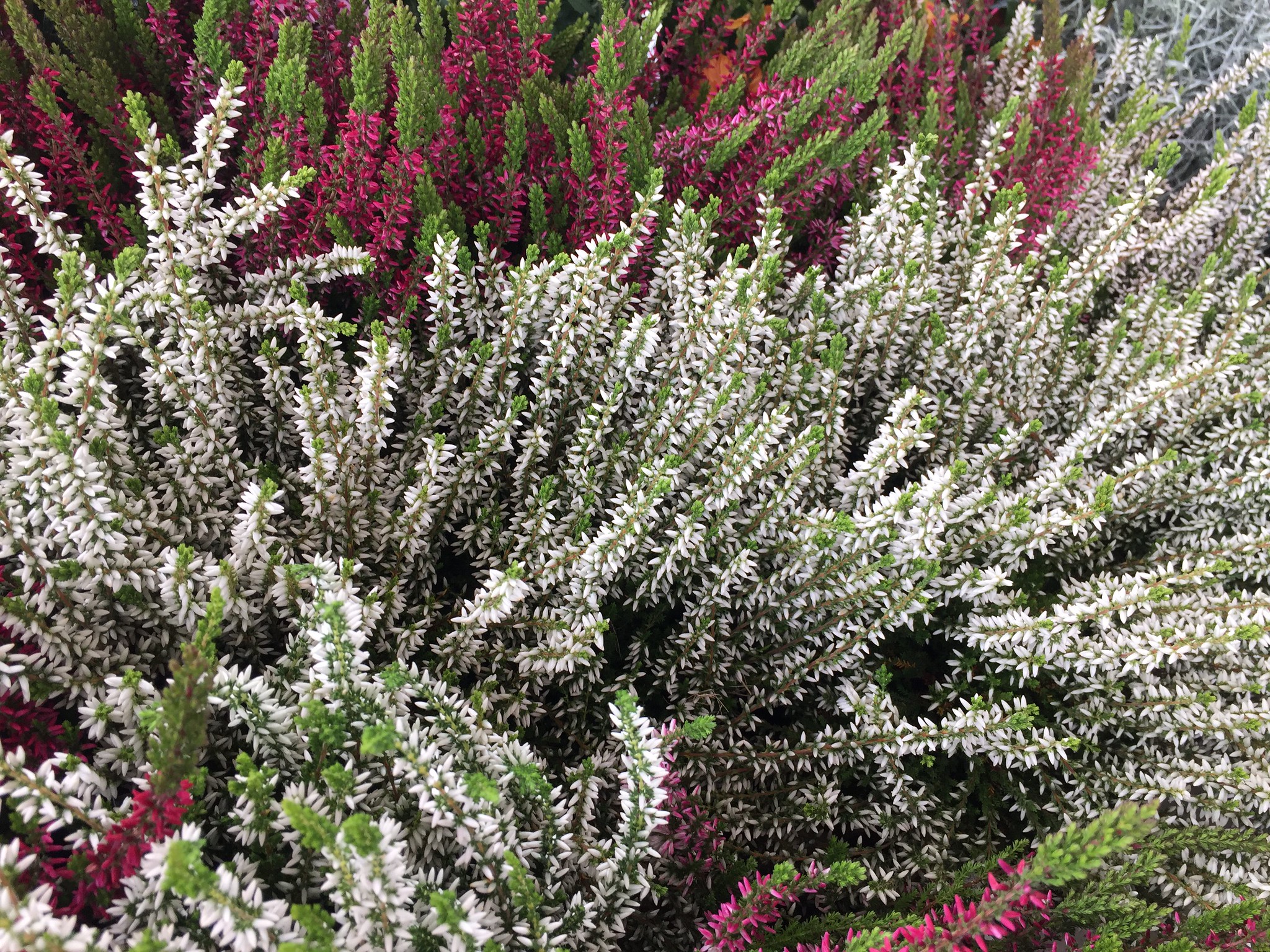
Heather (Erica)
The heather is a shrubby plant of low size, very common in warm areas and Mediterranean climate. It does not usually exceed 70 centimetres in height, so it is perfect for borders and small garden.
As it adapts well to low temperatures, it is usually grown outdoors, where we will place it in semi-shade. It is very common in rocky gardens.
It flowers between autumn and winter, so during the cold seasons it will fill our garden with pink, purple, red, yellow or white flowers, depending on the species we have grown.
4. Best autumn Trees
The last item on this list of autumn plants is occupied by deciduous trees.
In a previous post we gave you several ideas of trees that you can plant in your garden and that during the autumn will be covered in ocher tones.
But here is a brief summary of some of our favorites:
- Liquidambar (Liquidambar styraciflua): a large tree (it reaches 35 meters in height) that during the autumn displays deep red leaves before losing them permanently.
- Red cherry (Prunus Pisardii): tree this fruitis typical of central and Eastern Europe, and stands out for the wine-red colour that its leaves take on at this time.
- Maples: Most species of maples are deciduous, which has made them an icon of autumn in certain countries. Among them, the black maple (Acer Negundo) is one of the most used (even in urban gardening).
- Ginko biloba: This tree of Chinese origin is famous for its fan-shaped leaves, which turn completely golden during the autumn. In eastern countries it is highly appreciated for the medicinal properties of its leaves, which are used to make tea.
- Pomegranate (Punica granatum): a tree best known for its delicious fruits, but which is also highly appreciated in gardening because, when autumn arrives, its leaves turn just as red as the fruit.
By combining some of these species of autumn trees you can get beautiful combinations.
Do you need help choosing the best autumn plants for your home?
In this list we have given you some of the most outstanding species of autumn plants.
But that may not be enough for you.
Perhaps you have doubts about which ones to choose according to your area or how to organize them within your garden to create a balanced landscape that will leave all your visitors with their mouths open.
If so, we can help you.
We have been designing gardens for our clients for more than 30 years and we know well how to create a garden that has flowers throughout the year and that also, in autumn, is dressed in those typical red colours.
For us to help you, you just have to send us a message and explain the idea of a garden that you have in your head.
We will take care of bringing that idea to reality.
Content composed with the HTML code editor with live preview. Get a subscription to remove promotional messages or browse our directory for the best free online tools.
In Same Category
- What care does your lawn need in spring? In this post, we'll explain it to you.
- Césped. Cuidados durante el invierno
- Hongos del césped más comunes, cómo evitar que aparezcan y qué hacer para eliminarlos
- Tipos de césped natural: cuáles hay y cómo escoger el mejor para tu jardín
- Do you know how to recover an abandoned garden? How to do it step by step

 English
English Spanish
Spanish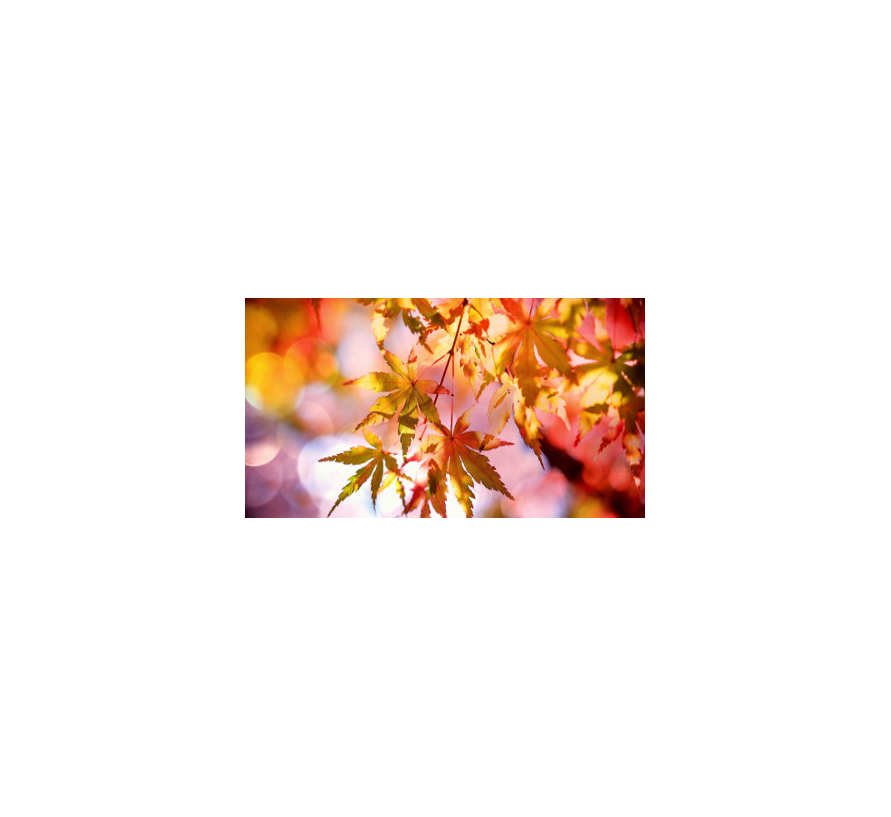
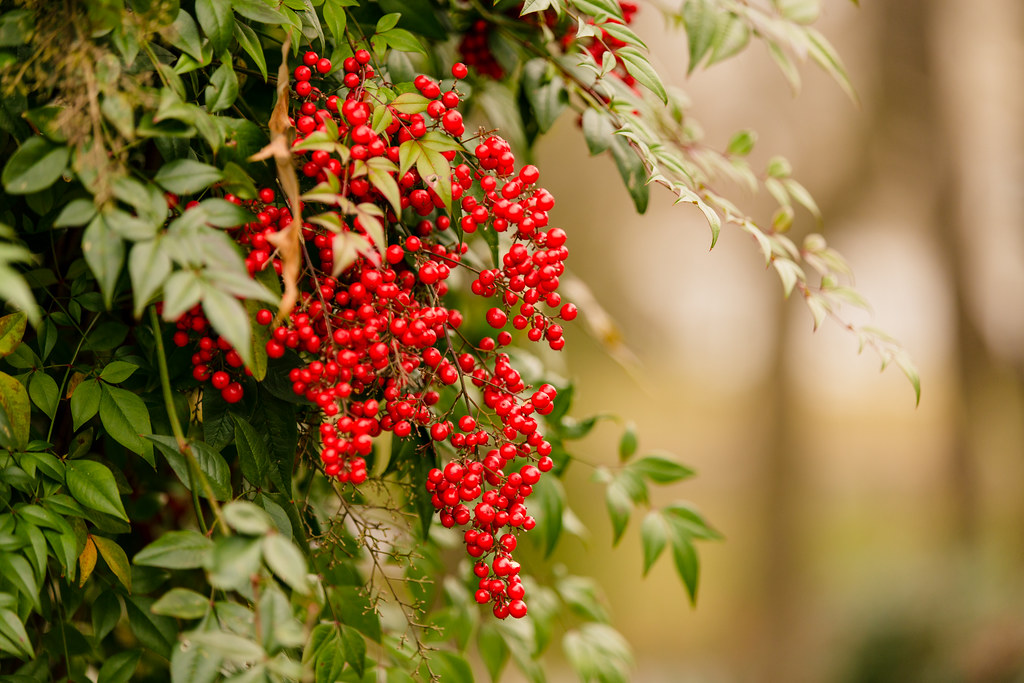
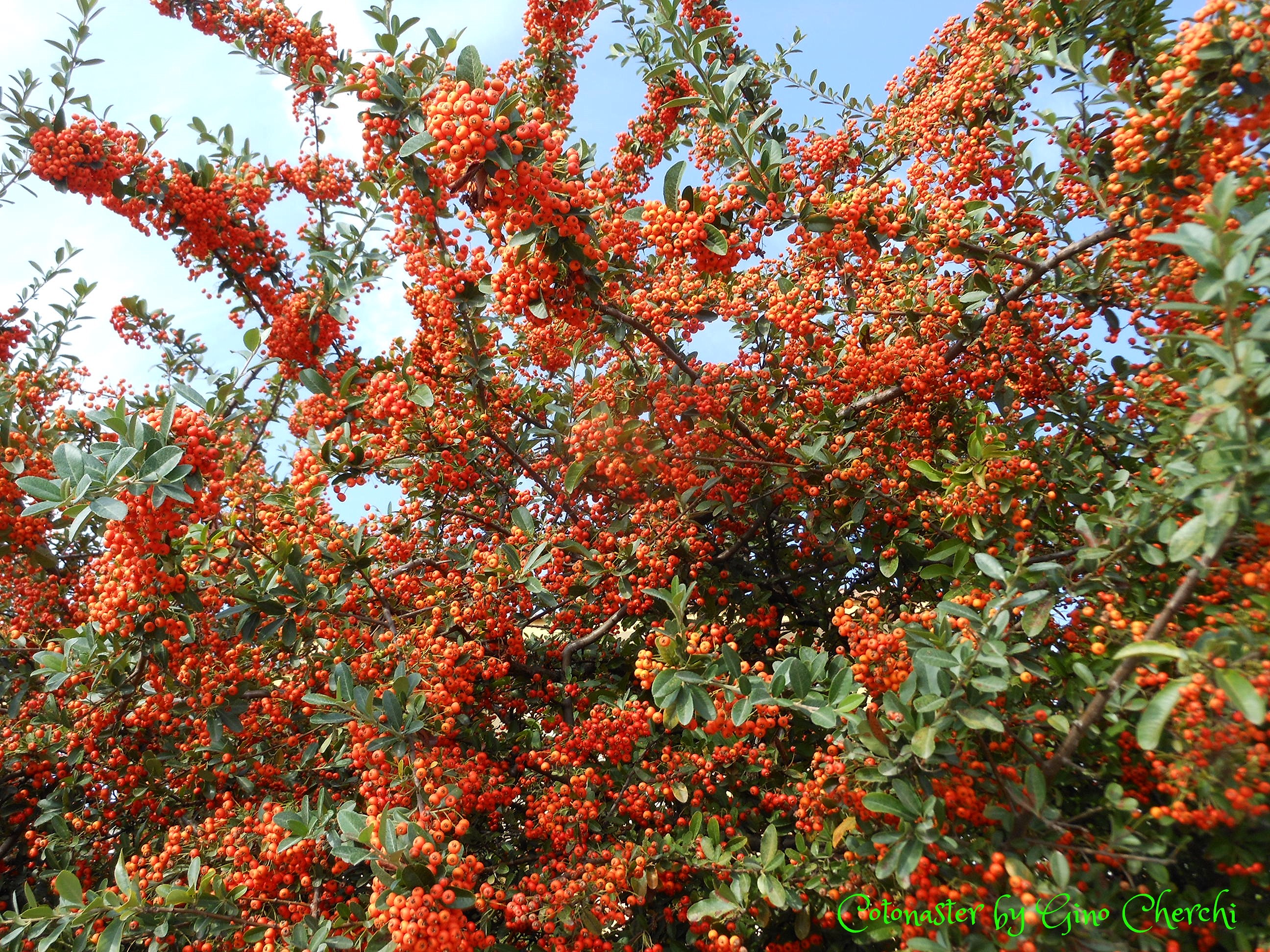
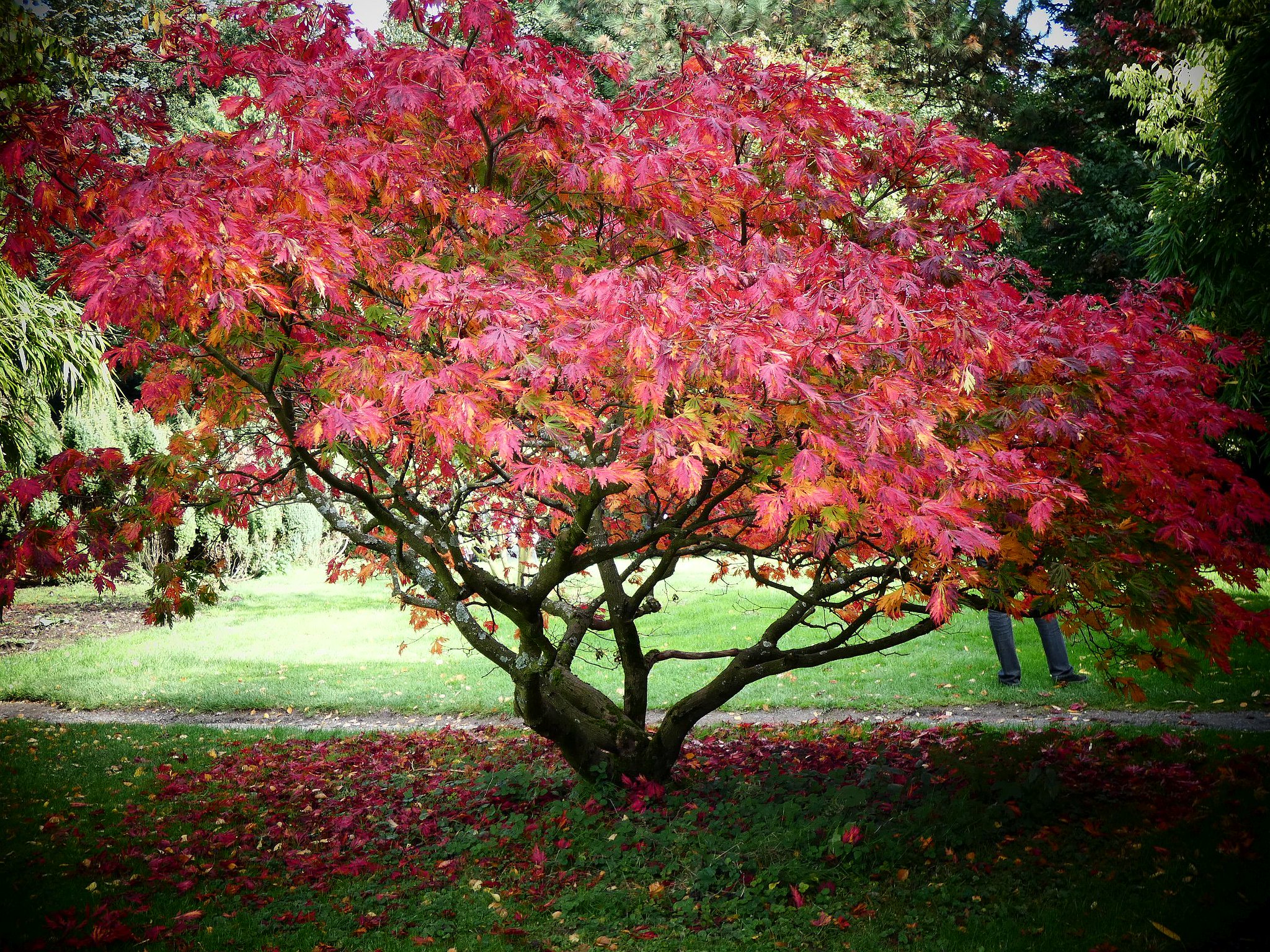
Comments
Leave your comment